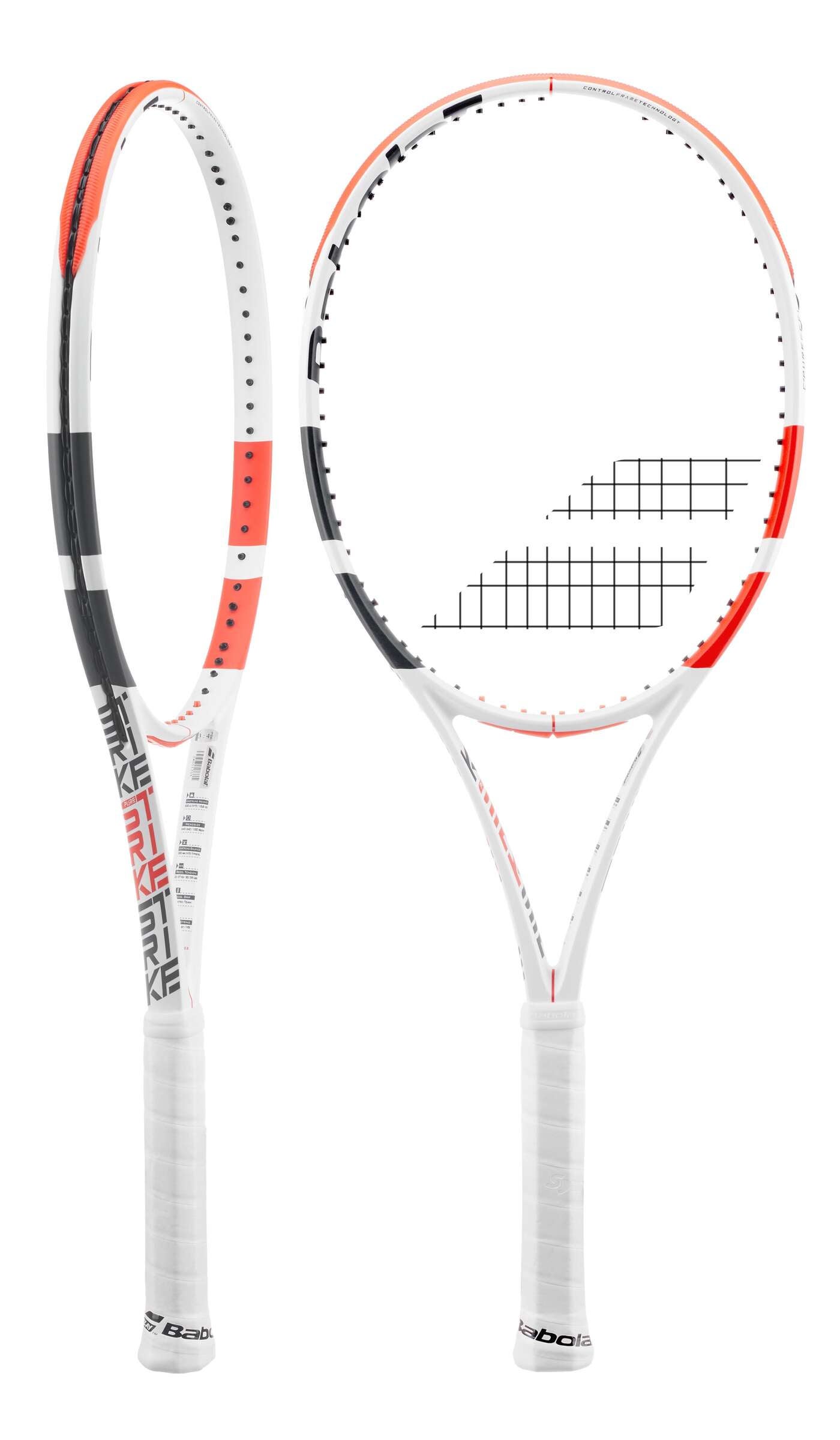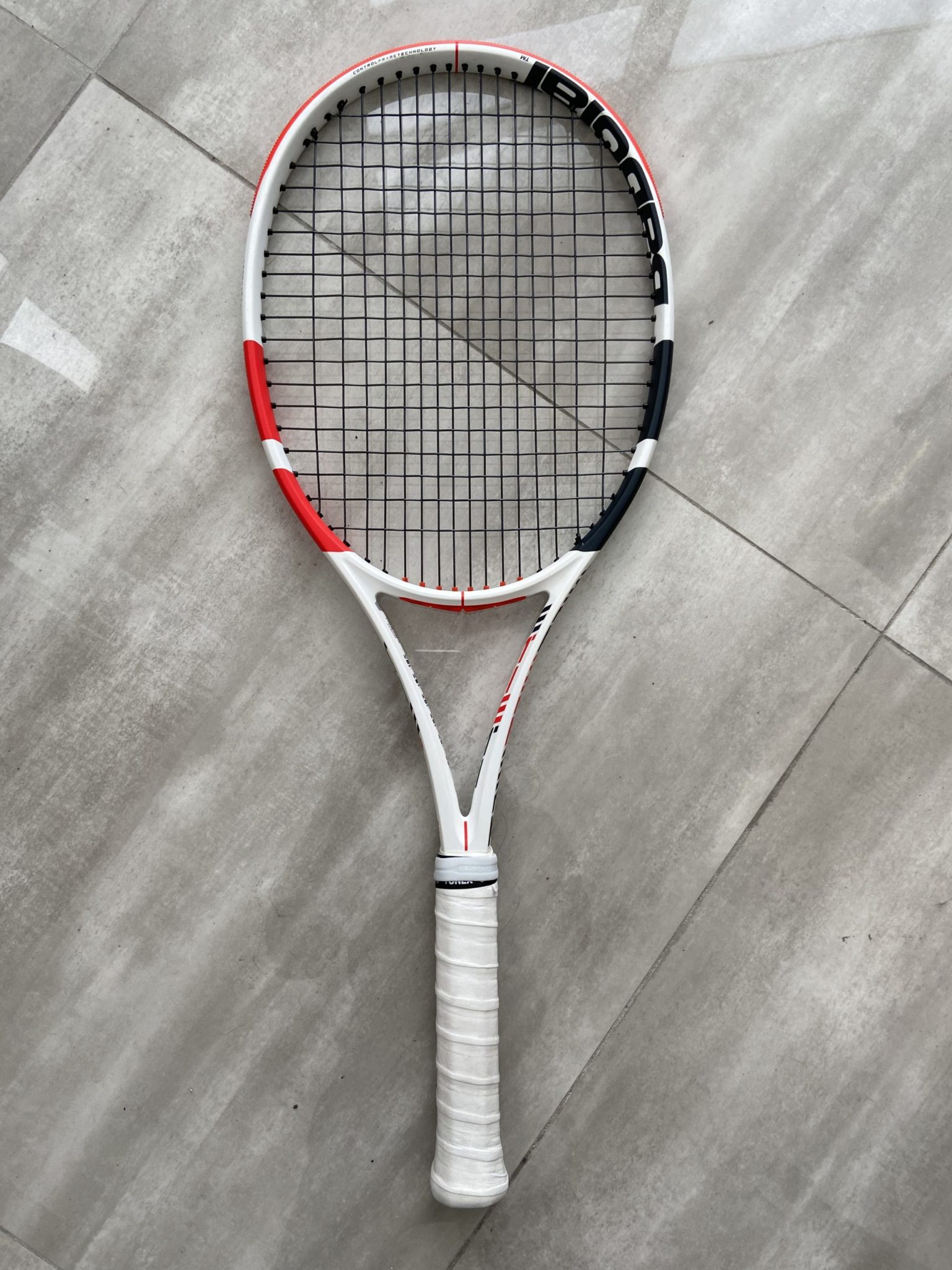

However, skipping those steps is a recipe for disappointment. Of course, it’s okay if the racquet you end up with is the same as the one your favorite player endorses after doing your homework. Although it may be a great fit, you’ll do much better if you take a step back, learn about the racquet they endorse and compare it to available options before purchasing. On a related note, I’d encourage you to avoid the temptation of buying the racquet that your favorite player endorses. Often what you spend to demo is applied to your purchase if you end up buying with them, so it’s a win-win situation. Many brands, online retailers, tennis clubs, and racquet shops offer demo programs, and it pays to take advantage of them. I recommend demoing a minimum of two racquets before deciding on a racquet to buy, so you have multiple points of reference. However, there’s no substitute for developing your own opinion by hitting with a racquet of interest and experiencing it first hand. I’ve done my best to keep my selection of tennis racquets as objective as possible, which should help point you in the right direction and narrow down a few options for further research and consideration. Keep reading for tips that will help guide you regardless. It’s okay you don’t have a racquet for comparison. I’d encourage you to avoid getting too hung up on specs because what matters most is the feel, but they can serve as a valuable point of context to narrow your options. For example, if you like the topspin for your current racquet but you’re looking for a bit of extra control and improved feel, you can use those data points to help guide your decision-making.įurthermore, you can compare the specs of your existing racquet to the new racquet you’re considering. Start by jotting down what’s working and what’s not working with your current racquet so you can use that information to help scout your next frame. If you’re in the market for a new racquet, I always recommend you first take some time to consider what you like and dislike about your current racquet, as it will likely be your main point of comparison. It’s not a requirement to select a racquet, but it can be a practical consideration when sifting through the options. If you haven’t developed a specific style or preference, that’s not a problem. We’ll touch on those characteristics shortly in an upcoming section. Luckily, we can evaluate each racquet across a consistent set of attributes, making comparison and narrowing down options easier. For example, player B might look for a racquet that offers a smaller head size for optimal control and precision and a bit of extra weight for stability. Once you identify the style of play you prefer, you can look for racquets that perform well in the areas that matter most.

This guide will give you an overview of my picks for the best racquets on the market, but more importantly, I’ll do my best to provide you with a summary of the “why” behind each racquet’s selection and ranking. However, many players still ask for my opinion and recommendations on racquets worth considering, so I decided to make it official and keep a running list of my favorite tennis racquets each year.

I’ve written a lot about tennis racquets to help players better understand the nuances of racquet specifications and performance, and the positive feedback about those resources humbles me.


 0 kommentar(er)
0 kommentar(er)
